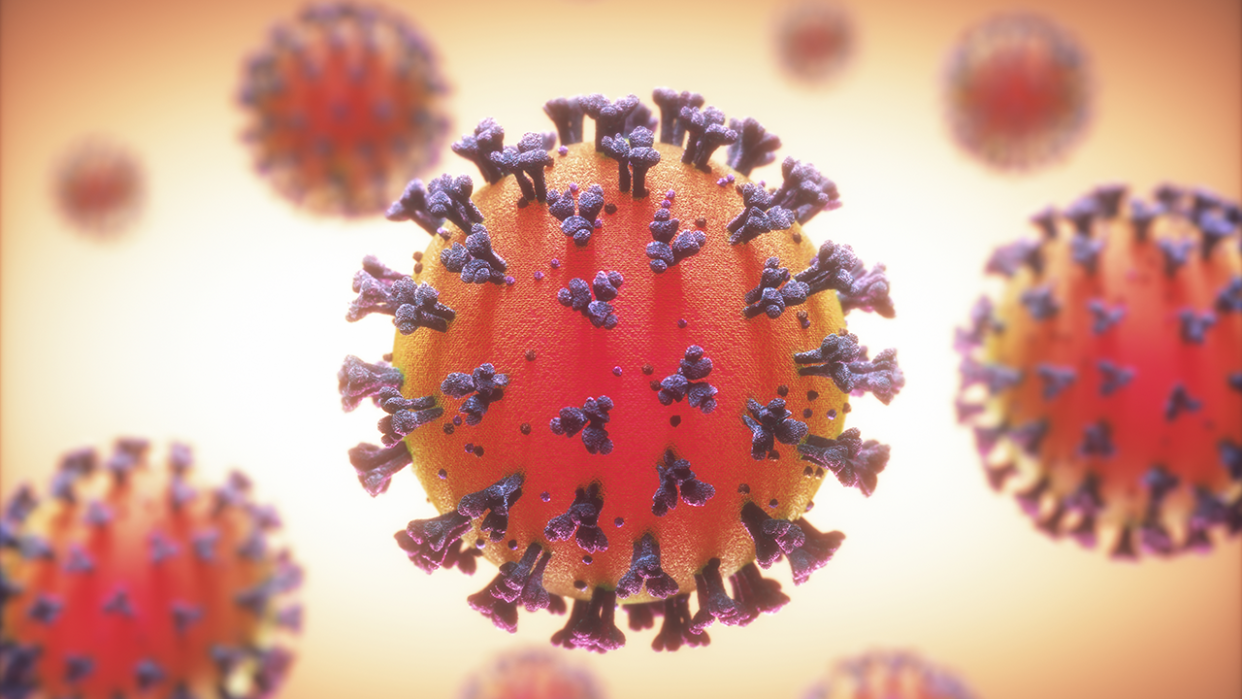Coronavirus: 'Spike' protein could explain its rapid spread (and pave way for drugs to treat it)

Scientists have unravelled some of the secrets of the new coronavirus in a breakthrough which helps to explain its rapid spread – and could lead to the development of new drugs to treat it.
Researchers from the University of Minnesota investigated the ‘spike’ protein on the surface of SARS-CoV-2 to understand why the virus spread so rapidly.
The work could lay the groundwork for drugs to block the novel coronavirus from attaching itself to, and infecting, human cells, the scientists believe. The study was published in the journal Nature.
Latest coronavirus news, updates and advice
Live: Follow all the latest updates from the UK and around the world
Fact-checker: The number of COVID-19 cases in your local area
6 charts and maps that explain how COVID-19 is spreading
During infection, researchers used X-rays to probe the ‘spike’ protein, which attaches itself to proteins in human lungs, to see how it differed from the previous, similar virus behind severe acute respiratory syndrome (SARS).
The researchers found that a molecular “ridge” in the spike protein more compact than a similar structure in the 2002–2003 SARS virus.
This, and other changes, helped SARS-CoV-2 attach more strongly to the receptor, infect human cells better, and spread faster.
Read more: Coronavirus shows how vulnerable societies are, says Greta Thunberg
Professor Fang Li, said: “In general, by learning what structural features of viral proteins are most important in establishing contact with human cells, we can design drugs that seek them out and block their activity like jamming their radar.”
“Our work can guide the development of monoclonal antibodies that would act like a drug to recognize and neutralise the receptor-binding part of the spike protein.
Read more: Coronavirus - what is really happening in North Korea?
“Or, a part of the spike protein could become the basis of a vaccine. Overall, this study can guide structure-based intervention strategies that target receptor recognition by SARS-CoV-2. This is the focus of our current work.”
The researchers also discovered that a bat coronavirus recognises the same human receptor as SARS-CoV-2, but the bat virus attaches to the human receptor rather poorly.
A few mutations in the spike protein may have enhanced the ability of the bat virus to attach to the human receptor, leading to the bat virus jumping to humans and evolving to become SARS-CoV-2.
Previous work by Li and others showed that one particular mutation allowed the 2002–2003 virus to get into human population; in the current work, it appeared that a number of mutations might be needed for SARS-CoV-2 to jump from bats to humans.



